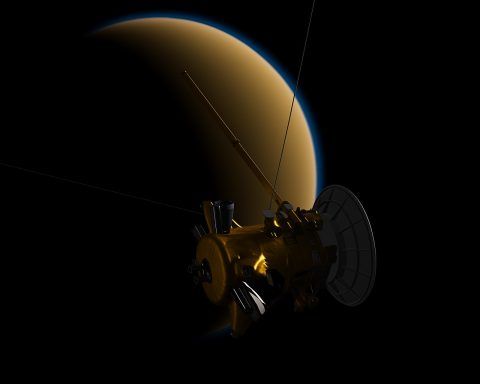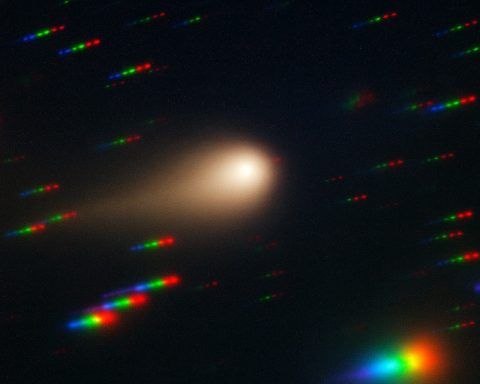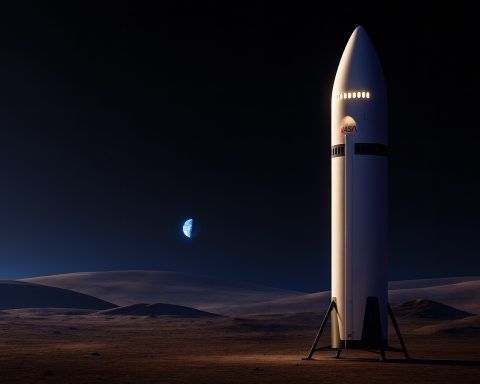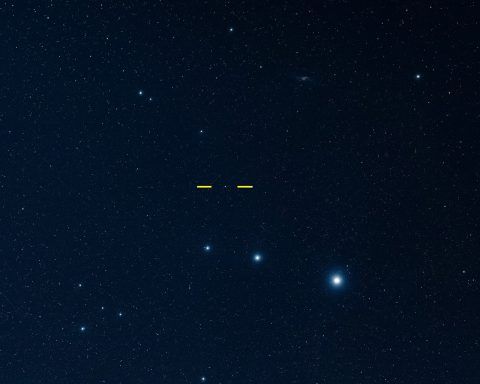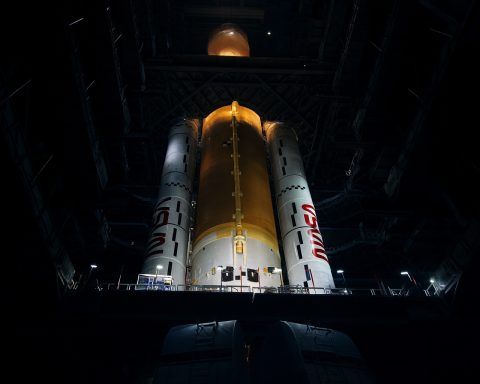
NASA Loses Contact With Critical MAVEN Mars Orbiter: What the Sudden Silence Means for Future Missions
NASA is racing to re‑establish contact with MAVEN, a Mars orbiter that has quietly underpinned Red Planet science and communications for more than a decade, after the spacecraft unexpectedly fell silent on December 6, 2025. NASA Science+2ScienceAlert+2 The loss of




